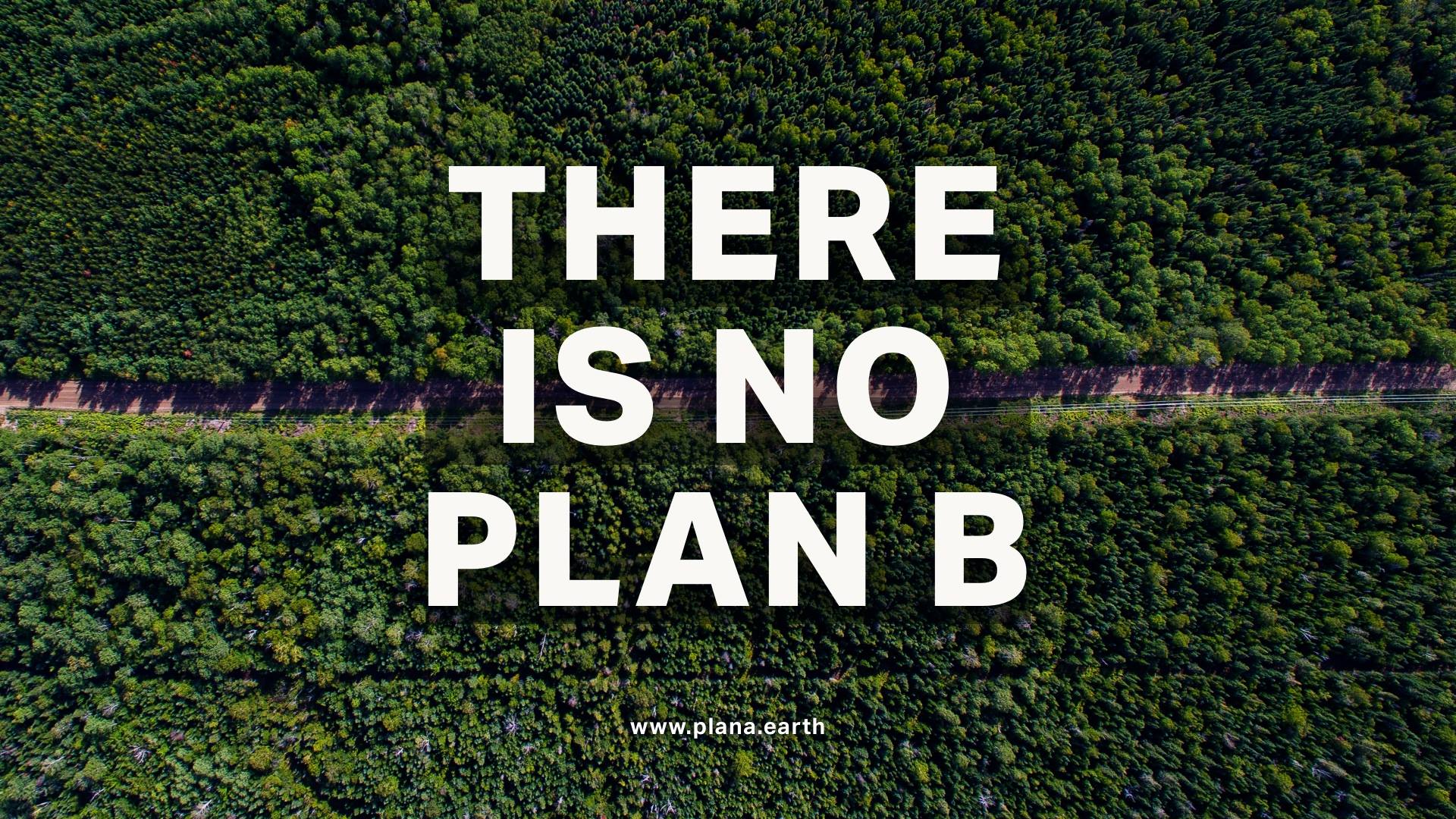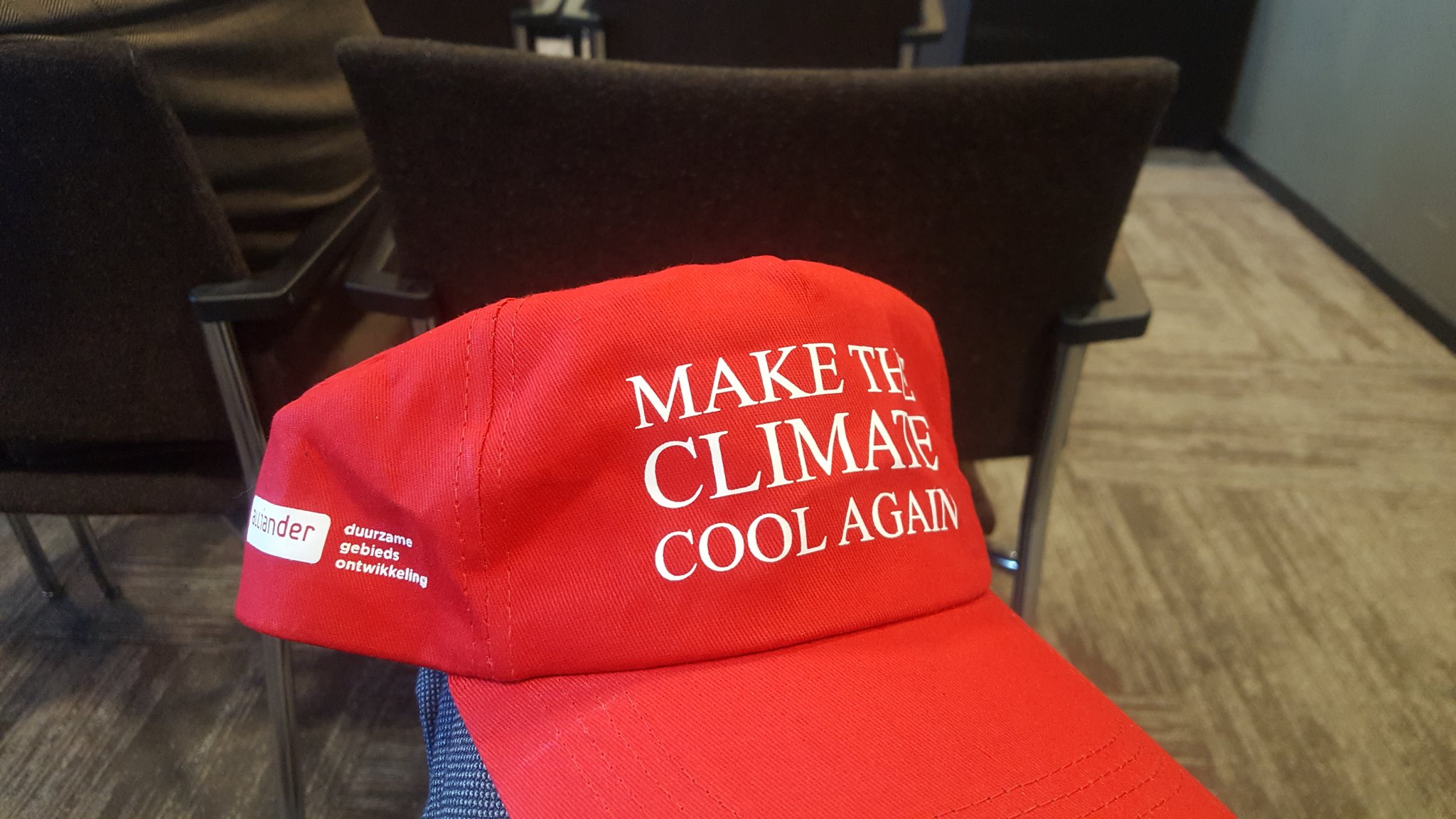OS-C, an open-source programming language, is essential for a new energy future. However, a partnership or global alliance cannot substantially contribute to arresting climate change alone. Companies need many partners to develop enabling technologies that can combat climate change. This bottoms-up approach complements the top-down bullchat approach of regulatory bodies and governments. Alliander, a proprietary software project, is one such example.
Alliander’s Grid eXchange Fabric project
Developed by Alliander, the Grid eXchange Fabric (GXF) is a software platform that allows grid operators to connect their smart devices and collect data in real time. It also helps utilities meet changing conditions, such as grid congestion. In addition to the many applications, the GXF can also be used to automate lighting, smart metering, distribution automation, and more.
Alliander has recently completed its Duiven head office, CO2 neutral, and employs solar panels and thermal storage in underground water. It also features solar panels placed in parking lots as shade and protection for cars. According to its consortium, it is also the first energy-positive building site. In addition to RAU, the architects involved in the project are Fokkema & Partners, Rau Architecten, and Inna & Partners.
OS-C
Alliander is a leading Dutch distribution system operator that created a platform to monitor and manage energy production. Alliander, a member of the Linux Foundation, contributed the first project to the open-source community when it joined LF Energy last October. The company has long used open-source software to improve its processes, and this new tool could help it meet this goal. However, it is unsure how Alliander will benefit the open-source community.
Alliander and RTE have joined forces to develop a short-term forecasting system known as OpenSTEF. Together, the two organizations are working on this project to improve how the electricity grid work. It is important to note that all three companies are working with OpenSTEF sexverhalen to solve a common problem – a growing number of renewable energy sources. These solutions can help both sides fight climate change and become more affordable.
While both industries are struggling to adopt new technology, both need to work together to find the best solutions for their customers. By working separately, they’ll only delay industry-wide decarbonization efforts. Open-source tech helps the power and energy sectors work toward standard solutions. With global temperatures predicted to rise six degrees by 2040, companies need to take aggressive action against emissions. This is the only way to ensure we get there on time.
While hardware has been a critical tool in addressing climate change, the software has also entered the arena. In addition to Alliander’s open-source software, OS-C, an open-source platform for power substations, is already gaining ground against climate change. This project will help gather knowledge about climate change while allowing developers to build new and innovative solutions. The open-source model also allows users to freely access the software’s source code.
Collaboration in ecosystems to win in new energy future
Successful companies must reinvent themselves and their future world, identify their roles in ecosystems, and find partners to create value together. To create successful collaborations, they must complete the incentives that will foster sustained cooperation and define the ground rules of an effective ecosystem. As Henry Ford once said, “coming together is the beginning of progress,” and collaborating in ecosystems is the best way to achieve this. In today’s world, collaborations are essential for a company’s future growth.
While collaboration in ecosystems is vital to achieving sustainable growth, it is also essential to understand that collaboration will drive a competitive advantage in the new energy landscape. While energy companies have traditionally operated in silos, the partnership will determine their competitive advantage in the new energy landscape. According to Accenture, companies pushing for renewable energy will have to collaborate to succeed. For example, the Netherlands’ largest electricity distributor, Alliander, is the most extensive transmission grid operator in Europe. As a result, diverse companies are working together to decarbonize the global energy ecosystem.

Companies join forces to help against climate change
A broader collaboration among stakeholders is essential to responding to the crisis of 2020. Mission-based ecosystems bring together diverse stakeholders to co-create solutions to complex problems. However, these ecosystems cannot be effectively created in silos. Therefore, it is imperative to eliminate the silos and move towards a more integrated and flexible ecosystem model. For example, Oliver Beeg Wyman identified three imperatives for mission-based ecosystems:
Strong communication plans will also support commercialization and feed into collaboration strategies. Lack of communication between innovators and follow-on investors is one of the most common reasons for failure in energy innovation. Follow-on investors will often lack the necessary information about a technology to invest in. Therefore, collaboration in ecosystems to win in a new energy future depends on incorporating substantial knowledge and credibility. However, these efforts are mainly dependent on the successful communication of the company’s technical information and capabilities to attract follow-on investment.

Impact of climate change on the environment
To combat climate change, one company cannot make a significant impact. A partnership or global alliance cannot significantly improve the situation. The bottom-up approach is needed to find ways to build enabling technologies for companies. This approach complements the top-down approach of regulatory bodies and governments. The success of Alliander and RTE has shown that open-source software can make a difference in the fight against climate change.
While hardware has been put forward as a critical tool in the fight against climate change, the software is gaining ground. Open-source software uses a computer’s mighty processing power to analyze large amounts of data. As a result, open-source software is a valuable tool for tackling climate change. It encourages knowledge sharing and allows software developers to develop innovative solutions. Fortunately, open-source software can find its purpose in many different ways, from helping to save endangered species to protecting the environment.
Contributions of open source technology to climate change mitigation
While hardware has been an essential tool for addressing global warming, open-source technology has entered the arena as a viable alternative. Open-source software, defined as free to download, uses a computer’s power to process large amounts of data. As a result, open-source software provides a unique opportunity for scientists to compile information about climate change. This allows them to share it publicly and will enable developers to create novel solutions for the problem.
It has the potential to change the way energy is produced. The World Wide Web is a veritable library of knowledge and technology. The web has made it easier to access this knowledge, enabling even the most novice to create their energy-saving hardware or software. Access to open-source documents, such as technical planning documents, encourages a DIY attitude among entrepreneurs. With the rise of the open-source movement, more energy-efficient hardware and software are becoming available.

Multipurpose for open source
Open source projects can find various purposes, from optimizing data centers to addressing the energy needs of cities. For example, Microsoft has recently joined LF Energy. It is interested in building open technologies for the decarbonization of the electricity grid. Collaborations such as these help innovative technologies spread faster. Since three-fourths of the world’s carbon emissions come from energy use, decarbonizing our energy supply is the first step. Building infrastructure for electric mobility is a second step. Finally, the built environment is an essential part of this process, as energy consumption includes refrigerators and lights and the whole sky.
Climate monitoring and research depend on instruments and sensors. Often data collected from remote locations and various devices. The Argo floats, for example, collect data from sea level. Satellite images of ice in Polar regions also need to be analyzed. As these measurements are collected, Linux-based software and IoT devices are increasingly helpful for collecting and processing measurements. Further, the EU is funding projects that focus on open-source data.
